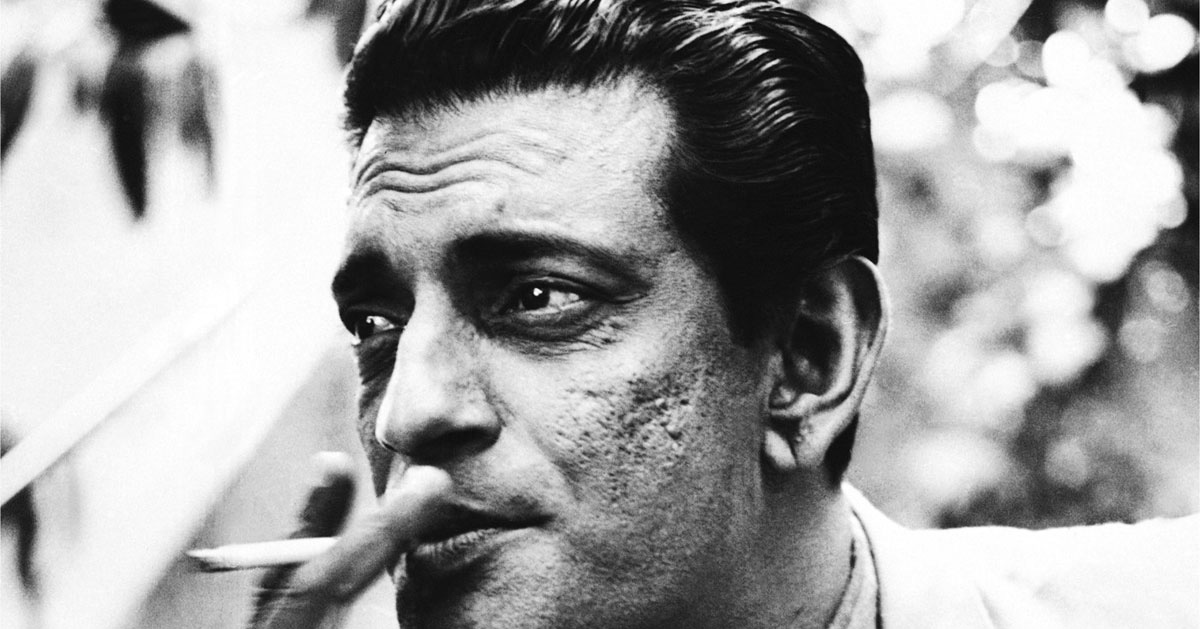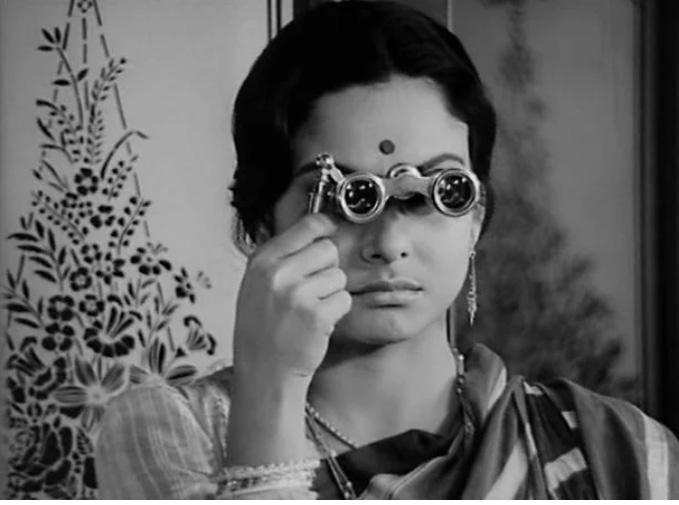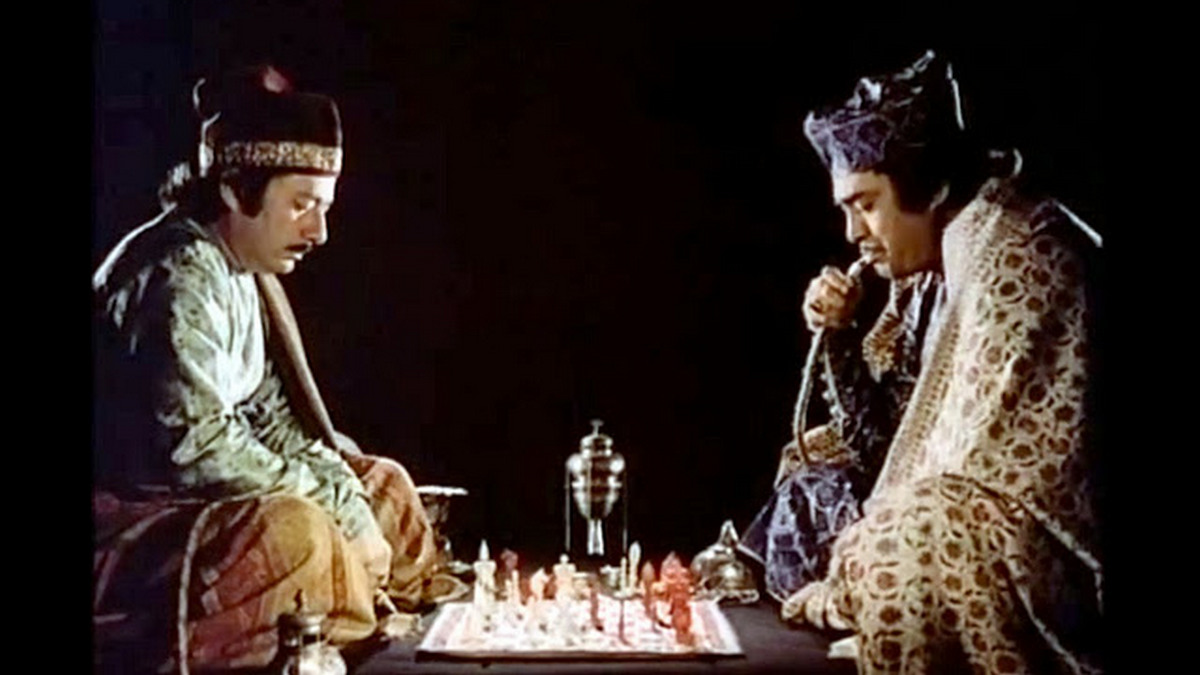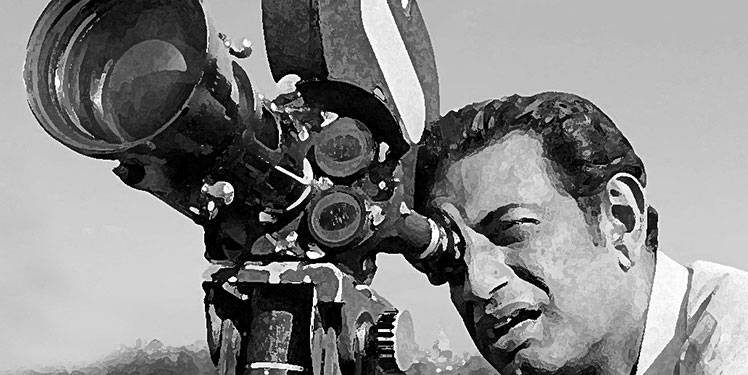It is sad in India that whenever people talk about films, it is the Hindi film industry, its actors, its subjects, its pictures and even the whims of legendary superstars are discussed. Rarely does the contributions of the regional films talked in detail and that may be is one of the reasons why the name of legendary Satyajit Ray doesn’t mean much to the young movie buff these days. The modern generation who is so engrossed with the Varun Dhawans, the Shah Rukh Khans and even to some extent, the Bachchans, it is like Ray… who. But it is this man who put India firmly on the world map by mixing reality with lyrics in his movies… creations that forever will be talked about in revered tones, in awe and admiration.
If alive, Ray would have been two short of a century today. But then he leaves on through his deeds. For the Bengalis, Ray spent his entire life in Kolkata, he was just not an icon but an institution in itself. People talk about Ray and his movies. It doesn’t end there though.
Ray was screenwriter, music composer, graphic artist, lyricist, author and when the mood permitted a great cook also. His baritone voice overshadowed even that of the great Amitabh Bachchan and his tall and structured built really had an imposing presence. He wrote child fiction also… his mind delving into the depths of investigation and science and in the process he created two characters – Feluda (detective) and Professor Shanku (scientists) – that initially were Bengali in bearing, but now have gone on to claim international recognition. To put it in short – he was genius personified.

Ray’s first film, Pather Panchali (1955), won 11 international prizes, including the inaugural ‘Best Human Document’ award at the 1956 Cannes Film Festival. This film, along with Aparajito (1956) and Apur Sansar (The World of Apu) (1959), form ‘The Apu Trilogy’. Ray received many major awards in his career, including 32 Indian National Film Awards, a Golden Lion, a Golden Bear, two Silver Bears, a number of awards at international film festivals, and an Academy Honorary Award in 1992. The Government of India bestowed him with the Bharat Ratna, in 1992.
People will always be spoilt for choices if they are to nominate some of the best films directed by Ray. Orissa POST makes an attempt to pick out the diamonds from a bag full of gold and precious ornaments. But before doing that one comment of Ray which he made way back in 1948, must be mentioned.
Unknown then, in a newspaper article Ray had written, “What is wrong with Indian films? The raw material of cinema is life itself. It is incredible that a country that has inspired so much painting and music and poetry should fail to move the film-maker. He has only to keep his eyes open, and his ears. Let him do so.” He followed the same theory all through his life – creating masterpieces of lyrical realism set in India.
Pather Panchali (Song of the little road, 1955): The film did not have any script and it was purely based on Ray’s notes and drawings. The story is all about a poor family and typical village life in Bengal. The film talks about the childhood of Subir Banerjee as ‘Apu’ and his sister ‘Durga’. The music of the film was composed by Pandit Ravi Shankar. The film just set the tone for what was to follow in the years to come.

Charulata (The Lonely Wife, 1964): Ray deals on the topic of adultery which was a taboo in the society then. It was a film way ahead of its time, talking about adultery, loneliness in the simplest way. A bored housewife begins to feel attracted to her mentor, who is also the cousin of her husband.
Nayak (Hero, 1966): Bengal then had Satyajit Ray, Bengal then had the legendary actor Uttam Kumar. When the two finally came together for the film, it was sheer magic. Also starring Sharmila Tagore, the film narrates the ups and downs of a movie hero who gives an interview during a long-distance train journey.
Goopy Gyne Bagha Byne: (1969): Ray delved into fantasy-fiction for the first time and produced an absolute classic. The film deals with the lives of Goopy (singer) and Bagha (percussionist). This is the first time Ray tried his hand at making a film for children. It was such a huge success that by popular demand, his son Sandip Ray in 1992 had to direct ‘Goopy, Bagha fire elo’ (the return of Goopy and Bagha). Ray showed his genre; that he was comfortable doing all sorts of film. The film deals with the destruction of the evil by the good, but the way it was portrayed left everyone astounded. The juniors loved it, the seniors were awe-struck.
Pratidwandi (The Adversary, 1970): The late 1960s and the first part of 1970s saw Naxalite movement in West Bengal at its peak. The movie was Ray’s ode to Naxalism and again the seamless story-telling had everyone on the edge of their seats. Out of nowhere, the protagonist of the film Dhrittiman Chatterjee became a household name in Bengal. The movie won the National Film Award for best direction.

Shatranj ke Khilari (The Chess Players, 1977): It was Ray’s first and last directorial venture in Hindi. Based on one of the short stories by Munshi Premchand, Ray again hit the bull’s eye with his simple style of narration. It portrays the tradition and customs of North India before the uprising in 1857. The film features Amjad Khan, Sanjeev Kumar and Shabana Azmi… and oh yes, the background narration was given by none other than ‘Big B’.
Agantuk (The Stranger, 1991): Ray’s last film features Utpal Dutt, a stranger who lands up suddenly as a guest at the doorstep of his distantly related niece’s house. Intriguing plot, sharp dialogues and a finish – the film had all the hallmark of a typical Ray directorial venture.
PNN






































